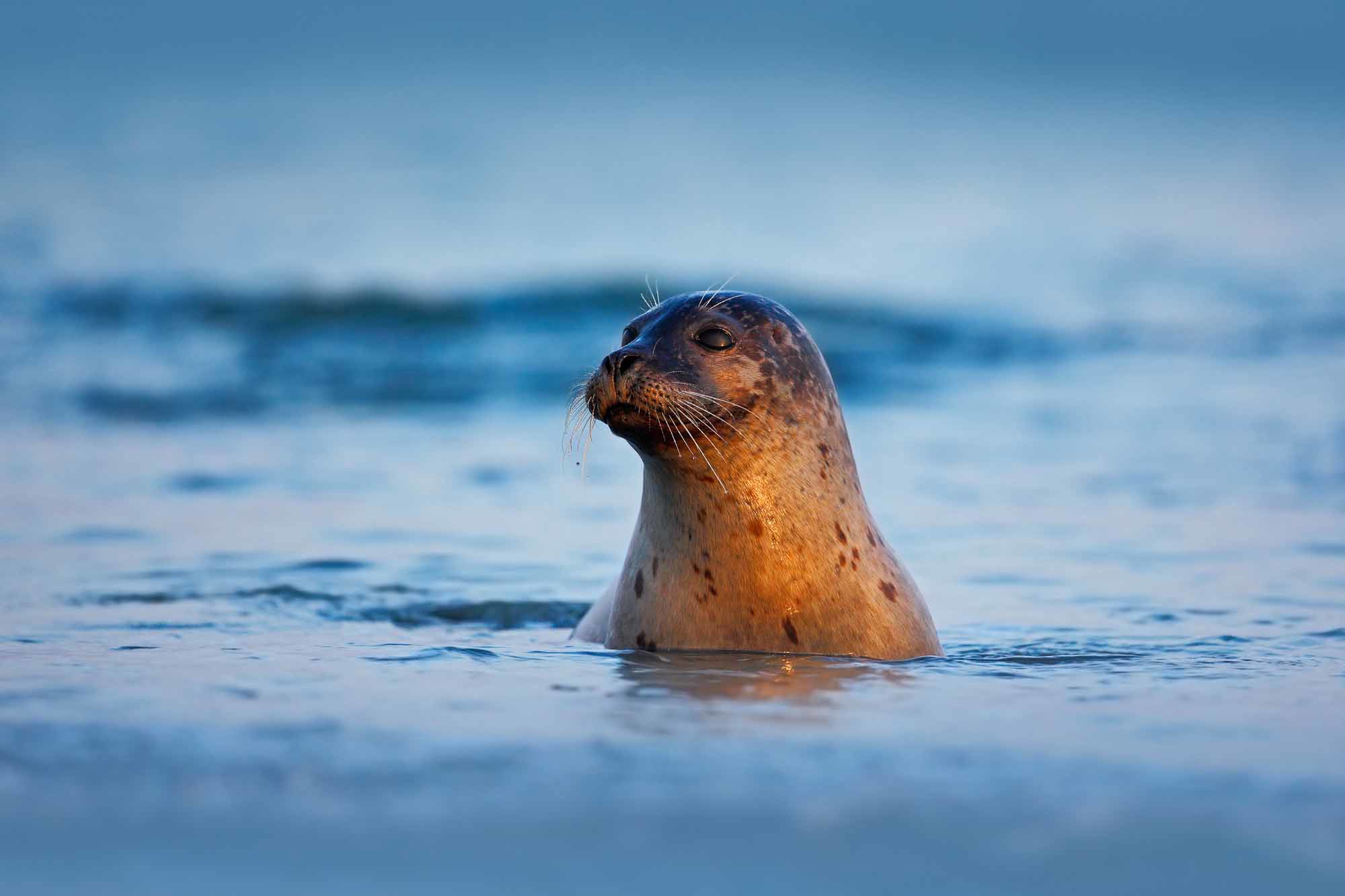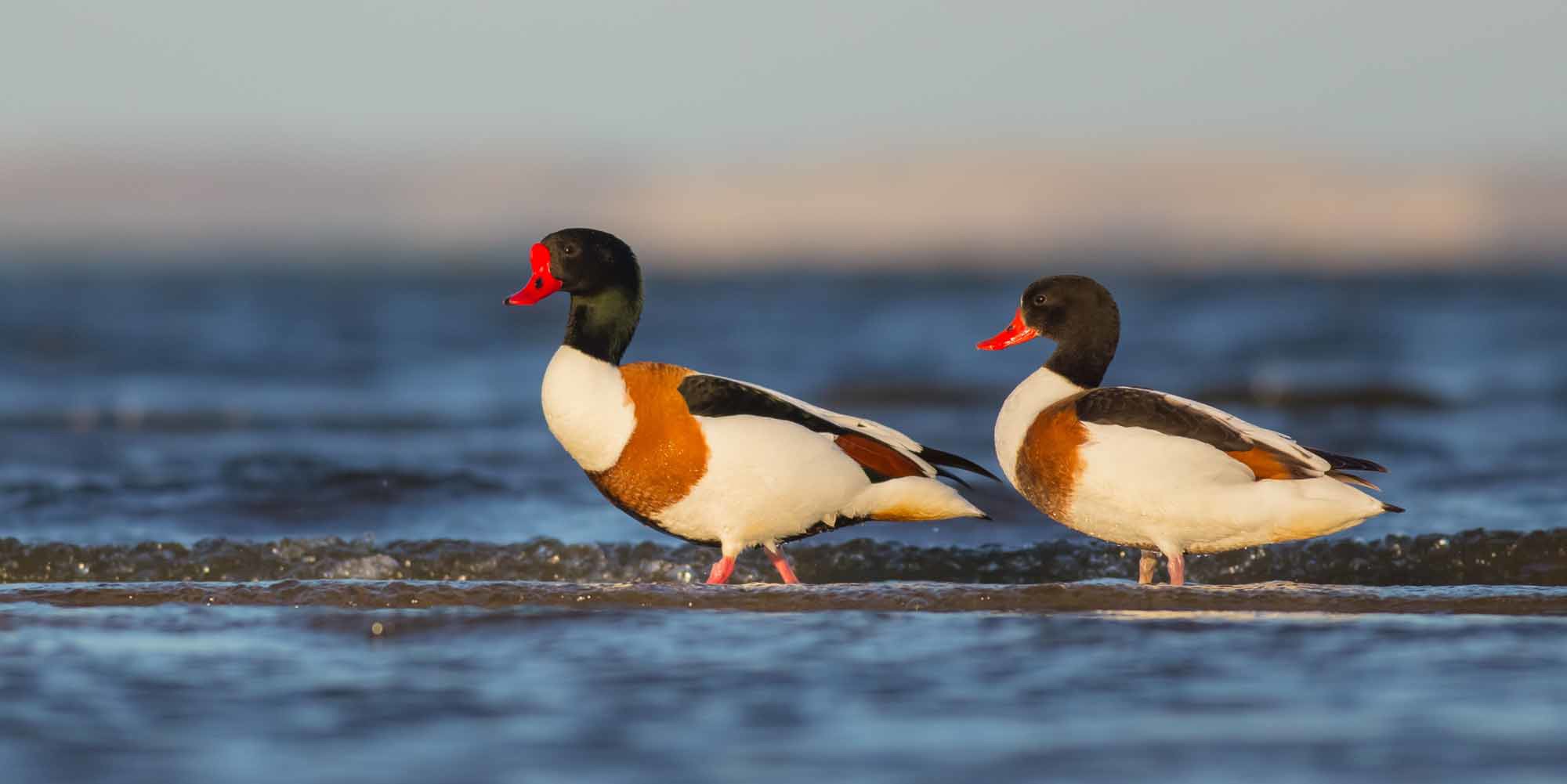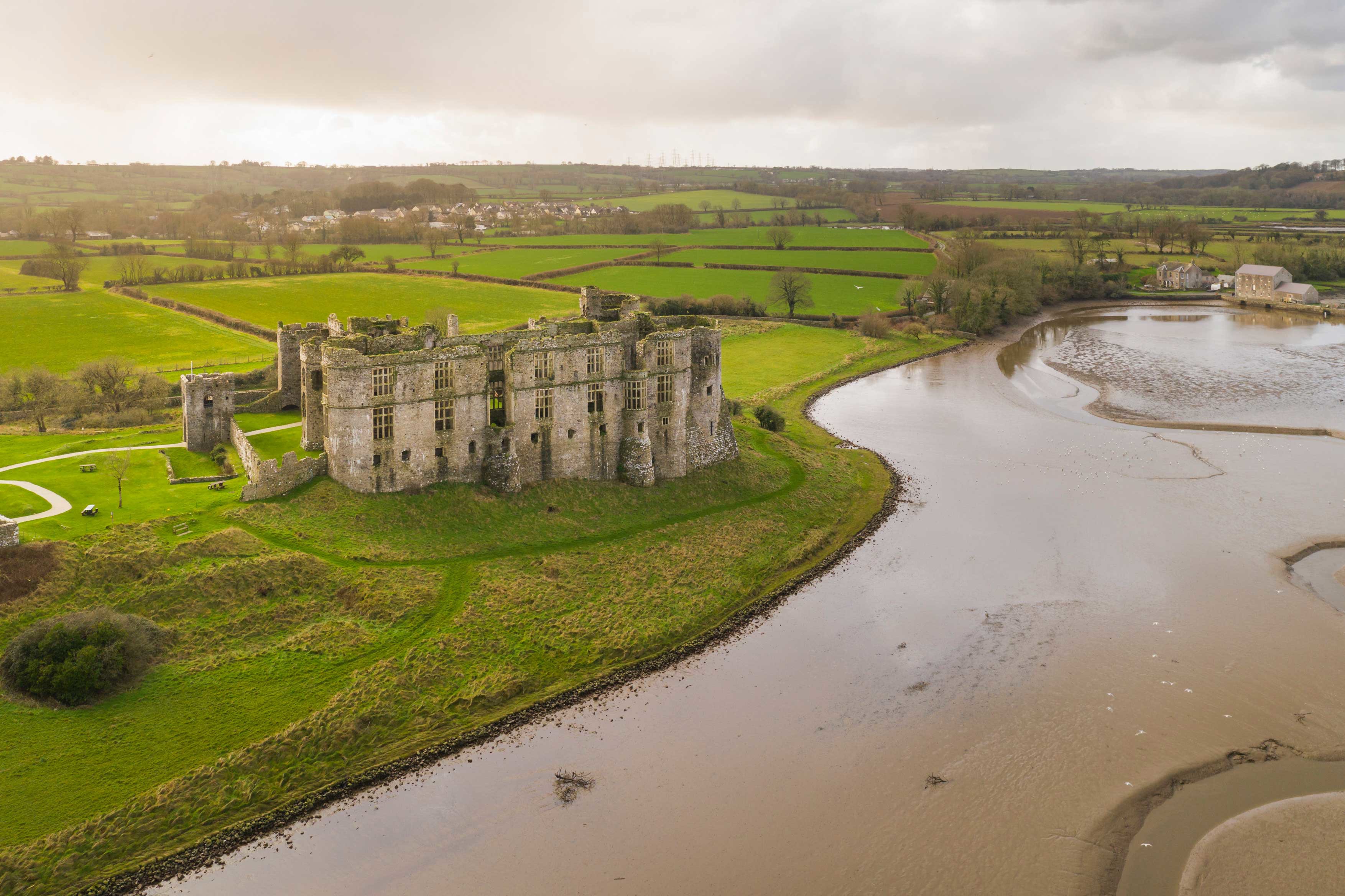Our environment is important to us, and its protection is written into our constitution.
The Milford Haven Waterway is the largest river estuary in Wales. Sheltered, tidal waters are surrounded by a diverse 200-mile coastline providing habitats for an abundance of wildlife. It’s also a desirable location for marine leisure and is home to a major commercial port.
Use of the Waterway requires careful consideration of the potentially conflicting interests of recreation, conservation, business and community in order to establish a safe and effectively managed environment in which all can co-exist. Environmental designations help to ensure the wildlife and habitats are protected.
We must also consider our wider environmental commitments. How we manage our waste and emissions to reduce our environmental impact has become a key focus. With sustainability a core value, we will continually seek out ways to manage our impact.
What are our environmental designations?
- The upper and lowest reaches are part of the Pembrokeshire Coast National Park, designated in 1952.
- The whole Waterway (and around the coast) was designated the Pembrokeshire Marine Special Area of Conservation in 2004. The area contains marine habitats and species of European importance, that are required by law to be protected and maintained for the future. Special Areas of Conservation are the highest designation in Europe.
- The Haven is a wetland of international importance and is home to one of the most diverse estuarine communities in the UK.
- Many foreshores are designated as Sites of Special Scientific Interest. These designations recognise the special quality of marine species and habitats in the area and are in place to help better protect them.

Explore our approach
You can report an environmental concern or incident using our reporting form.
Yes. This is reviewed on an annual basis and can be viewed here. In addition to this policy, and the progression of the internal environmental management system, we follow environmental legislation, regulations, and designations. And, in order to uphold our environmental responsibilities, we regularly engage with UK and Welsh Governments, regulators and port sector environmental colleagues.
Our Environmental Team operates and maintains the environmental components of the Port’s Integrated Management System. They provide advice, technical support, and championship for environmental aspects to all parts of the organisation, ensuring that the Port consistently maintains its function as a good steward of the Waterway and surrounding environment. The team has expertise in ecology, pollution issues, waste, environmental noise, water quality, sustainability, environmental monitoring and relevant legislation.
Our Environmental Management Committee plays a key part in managing our environment. Meeting every two months, the Committee discusses environmental matters of interest, concern or strategic importance in relation to port activities and performance, as well as consider changing environmental legislation. (The Environmental Manager maintains and updates the Environmental Legislation Register.) Members of the Port's Senior Management Team, the Environment Manager, Operational Managers, Marine Managers and Environmental Representatives from across our workforce are part of the Committee, which reports through the Senior Management Team to the Board.
In relation to identifying and mitigating environmental risk we use:
- Environmental Aspects and Impacts Register.
- HSE Worksite Inspections.
- Event Reports.
- Risk Registers.
We also maintain and exercise an Oil Spill Contingency Plan and a Port Waste Management Plan. These are monitored and approved by the Marine & Coastguard Agency and fall within the remit of the Assistant Harbourmaster.
On a more practical level, we organise regular beach cleans and champion awareness of the waterway environment to our local communities.
Some of the measures we take are:
- Monitoring of waste generation and utilities usage.
- Monitoring and conversion of fuel consumption by (individual) marine craft and company vehicles. The emissions contribution is included in our carbon footprint calculations.
- Extensive environmental monitoring and environmental surveys are conducted throughout the Waterway via the Milford Haven Waterway Environmental Surveillance Group.
- We regularly engage with industry, industry peer and government stakeholders to share data, information and understanding.
While we do not fall within the threshold of registering and reporting for Climate Reduction Commitment (6,000Mwhrs), we recognise that ensuing best practice makes good environmental and business sense and meets peer expectations.
The Port is committed to achieving the UK Government’s target of having a Net Zero carbon footprint by 2050, if not before, and we work collaboratively with stakeholders to achieve our decarbonisation goals. We maintain an open dialogue with the Department for Transport to report on our climate change risk assessments and adaptation strategies, and these are regularly updated.
We are ecoports accredited and endorse the principles of the European Sea Ports Organisation's (ESPO) Environmental Policy Code of Practice.
We have signed the Clean Seas Wales’ Clean Seas pledge.

Report an environmental concern
A walk on the wild side
In spring and summer the Waterway's peaceful embayments and rivers provide breeding habitats and crèche sites for a multitude of birds. Wildfowl and wader counts have observed significant numbers of shelduck, teal, widgeon, curlew and redshank, with numbers reaching over 25,000 in winter.
Seals are often seen in the Waterway and, if you venture out to the islands, you may spot cetaceans such as harbour porpoise, common and bottlenose dolphins and sometimes whales. The bird life on the islands is particularly spectacular and a trip around or onto one of the islands is a must.

We know how special this environment is and we all need to play a part in its protection. We have signed the Clean Seas Pledge and remain committed to waste reduction and reduction in plastic use, but also to recovery of marine litter where possible.
We ask that all users - whether commercial or recreation - remain responsible for their litter and take it home with them.
Explore the Pembrokeshire Coast National Park
Designated in 1952, the upper and lower reaches of the Milford Haven Waterway are part of the stunning Pembrokeshire Coast National Park.


Home to the Pembrokeshire Marine SAC







